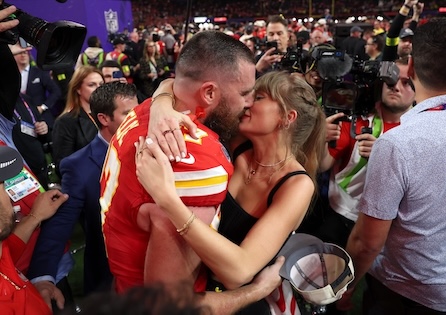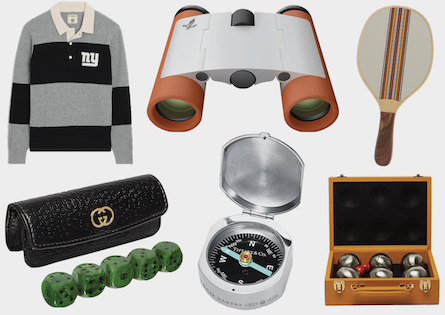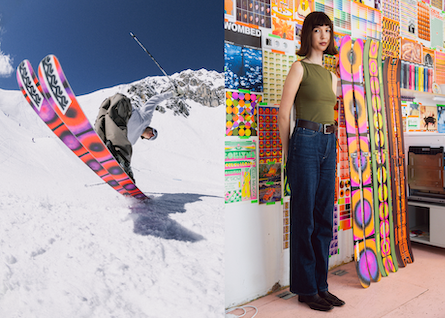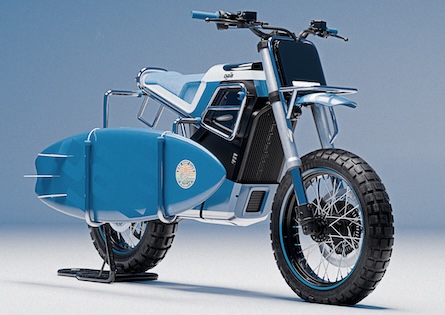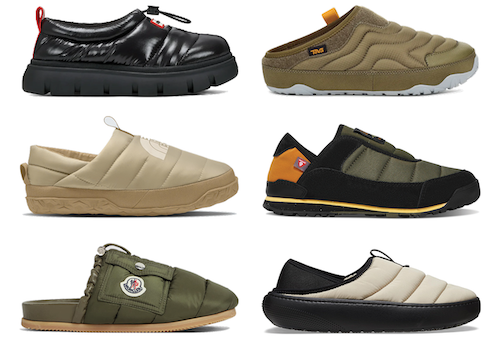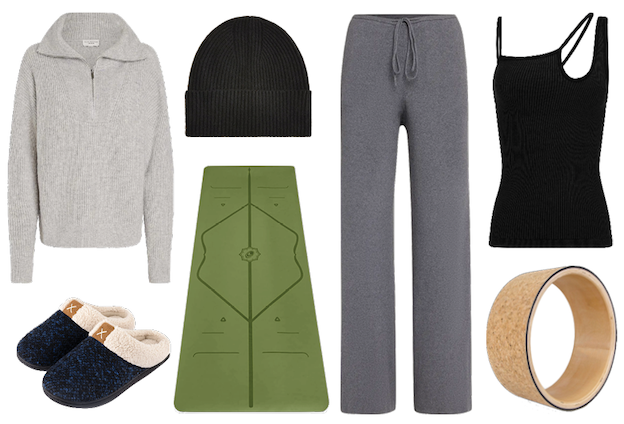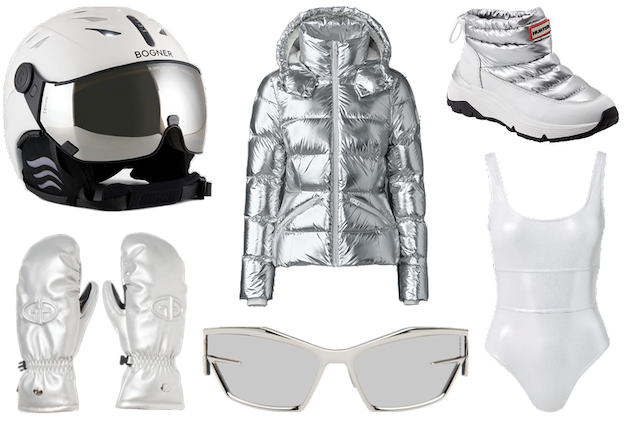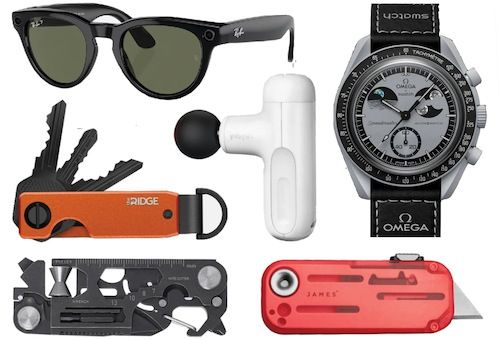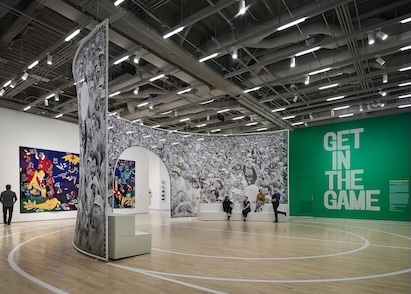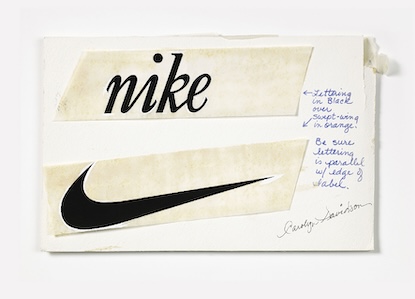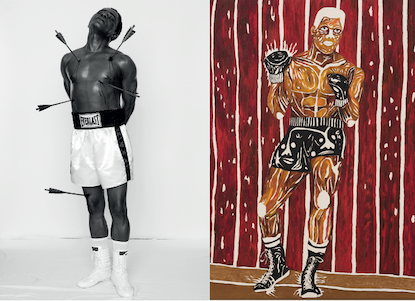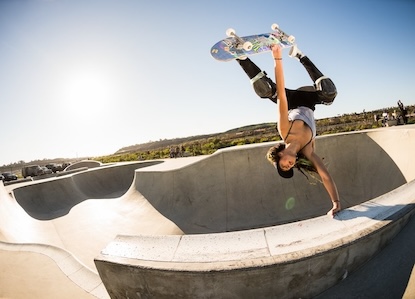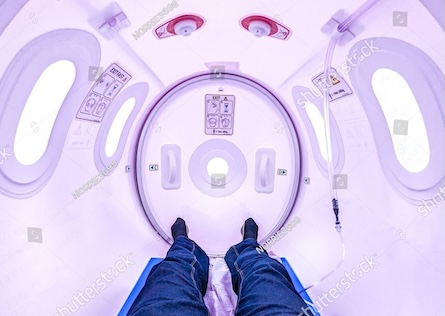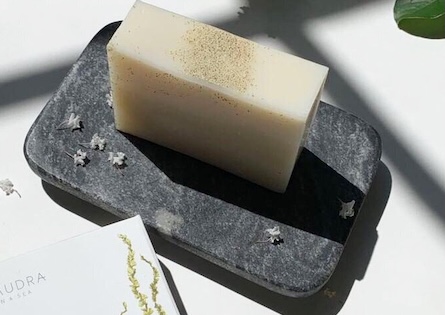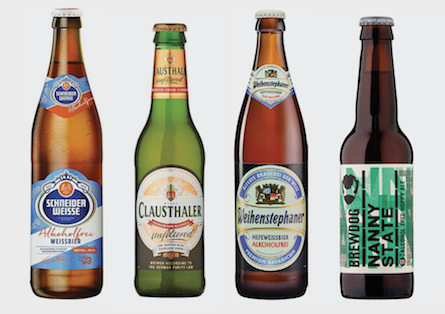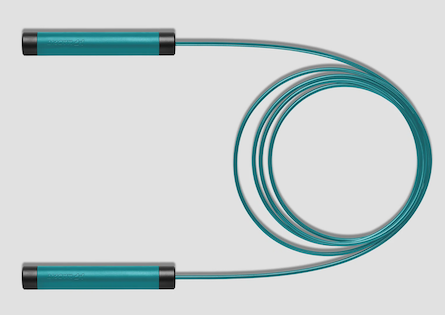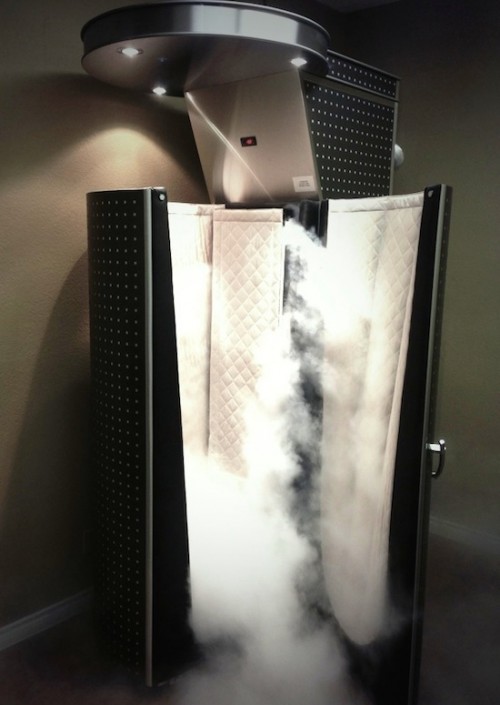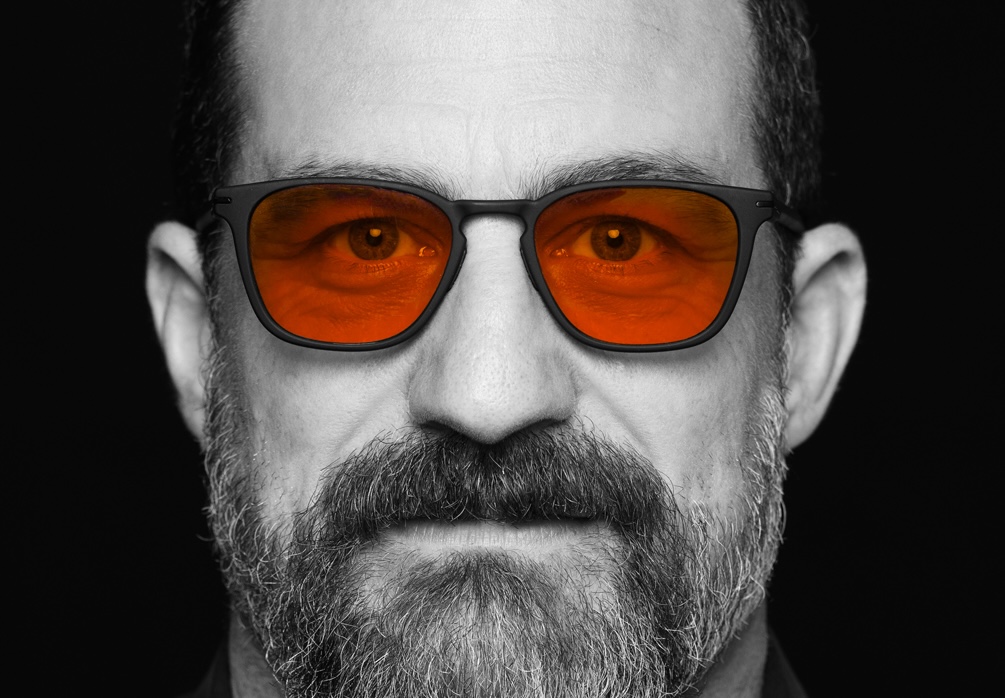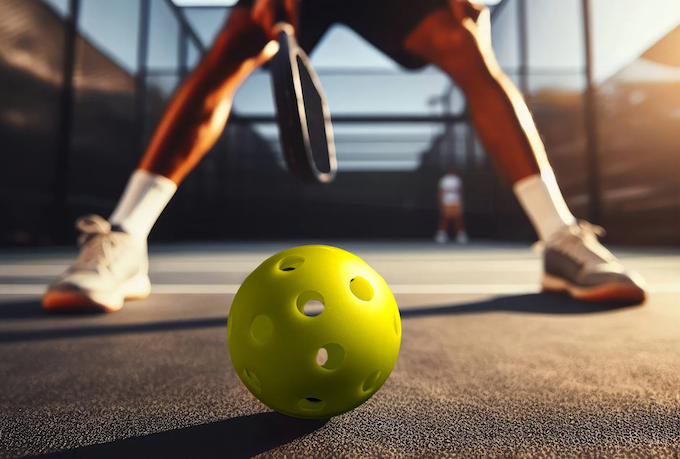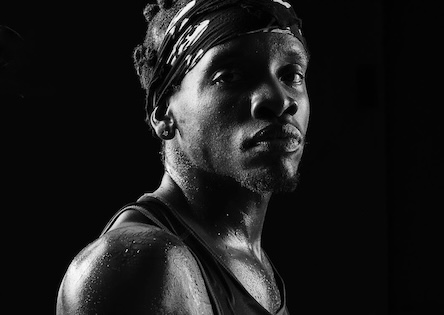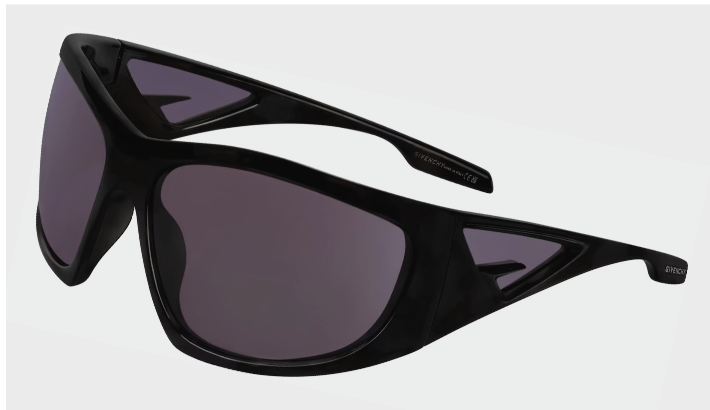C’MON IN… IT’S FREEZING INSIDE!
Last week, on the snow day that was the Blizzard of 2015, I trekked over to another frozen tundra called KryoLife on West 57th St, to try “Cryotherapy”, where I stood naked in the cold in 240F below zero temperatures.
The translation of Cryotherapy is literally cold therapy. You enter what is called a Cryosauna (a bit of an oxymoron) and for 3 minutes are exposed to arctic temperatures that have been chilled by liquid nitrogen gas. Because the air has no moisture and there are no air currents, you actually don’t perceive the cold to be as extreme as it is.
Whole Body Cryotherapy is a popular rehabilatation tool in leading medical centers, health spas, and Olympic centers in Europe, and is becoming more widely used here in the US. It has been clinically proven to alleviate pain in those suffering with musculoskeletal, degenerative and joint diseases, as well as autoimmune diseases. It has also proven effective as an analgesic and anti-inflammatory on athletes and in sport performance, for post workout recovery and injury prevention.
Cryotherapy was first invented in 1978 by a doctor in Japan to reduce pain and inflammation in rheumatoid arthritis patients. He discovered benefits of cold therapy — not as it related to chilling the underlying tissue, but the nerves known as thermoreceptors that perceive temperature change. In other words, the perception of cold was optimal, as opposed to actual cold. His goal became to find a method to cool the greatest amount of skin in the shortest amount of time, without allowing the cold to penetrate the body.
For athletes, the ice bath has been the go to recovery treatment for traumatic injuries, chronic overuse, and preventative measures. Cryotherapy offers those same therapeutic benefits, and more, with rapid short term freezing, as compared to the gradual, uncomfortable and deep cooling of an ice bath. World champion sprinter, Usain Bolt had a mobile Cryotherapy unit at the 2012 London Olympic games for relief from back injury; Alberto Salazar used it coaching runners Galen Rupp & Mo Farah for the Olympic games; and soccer star Christiano Ronaldo has his own private cryochamber installed at his home.
With Cryotherapy the skin surface is quickly cooled to about 32F. When skin temperatures reach freezing it sends a signal to the brain that the body is in danger. The innate response is to send blood from the peripheral extremities to the core of the body. Gloves and socks are worn during the treatment to protect of the hands and feet as they start to lose blood flow. With survival resources mobilized, there is increased oxygen production, and the circulatory system goes into high gear. While your body is immersed in the chamber, your head is above and you are breathing room temperature air. Though this all sounds a bit scary, the 3 minutes flies by pretty quickly, and the treatment is done under the watchful eye of the administrator, whose job it is also to distract you from the cold.
While a series of at least 10 treatments is recommended to really see all the benefits, which can be improved cardiovascular performance, increased hemoglobin count, and better immunity, the best part of the treatment is the adrenaline and endorphine rush that happens when exiting the chamber into the warmer air. The mental chill that follows continues long after the physical chill is done.
Additional reading on Cryotherapy: Whole Body Cryotherapy The Three Levels of Cure [PDF – 3 MB]
